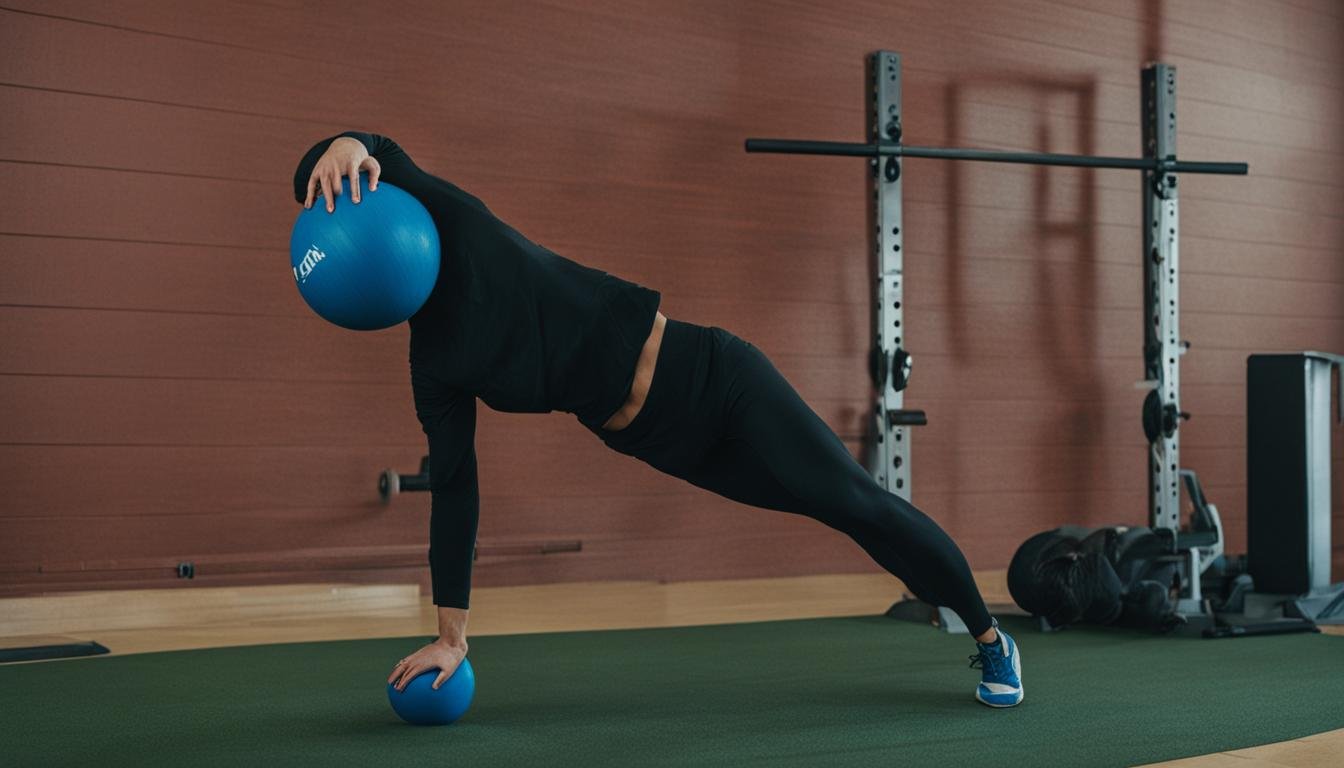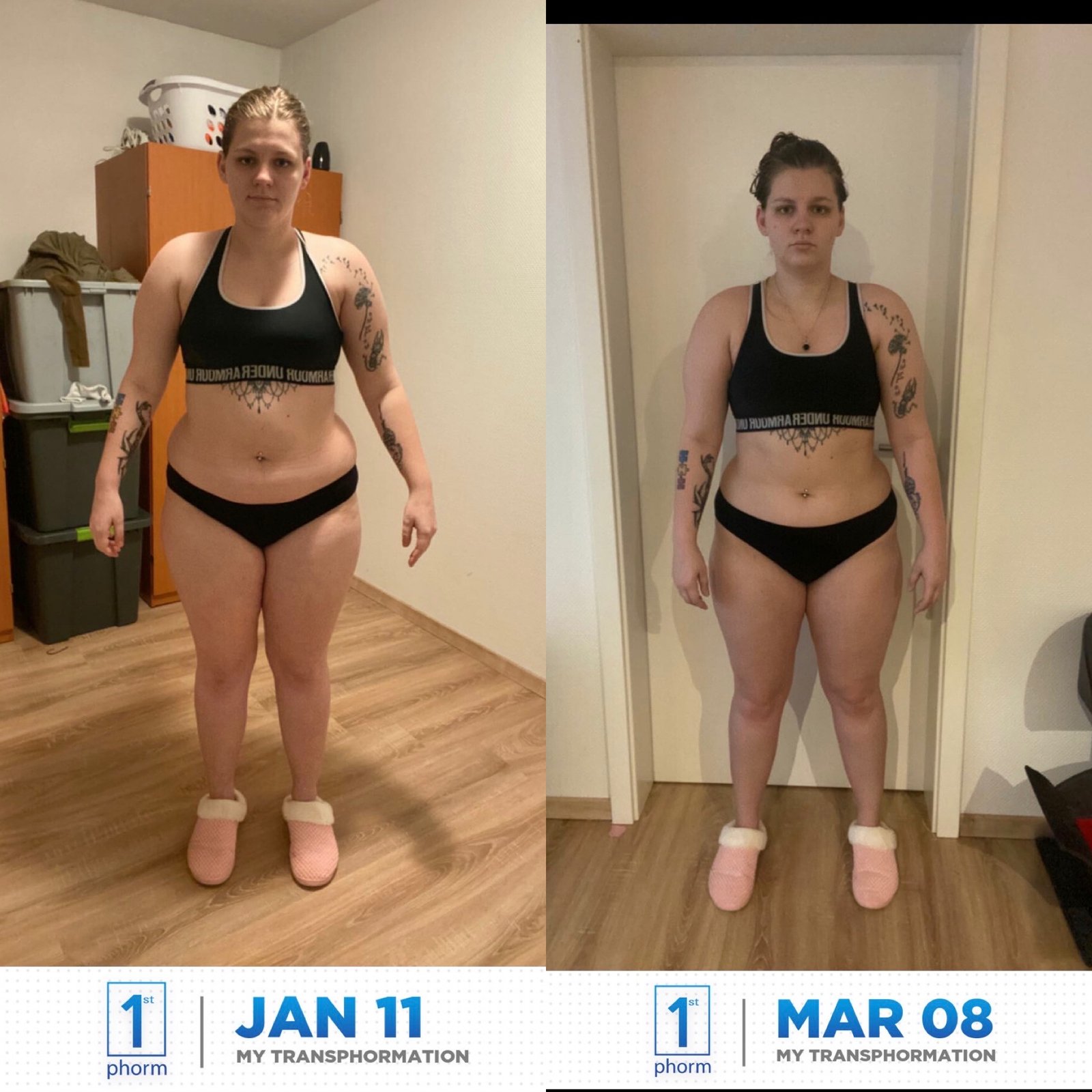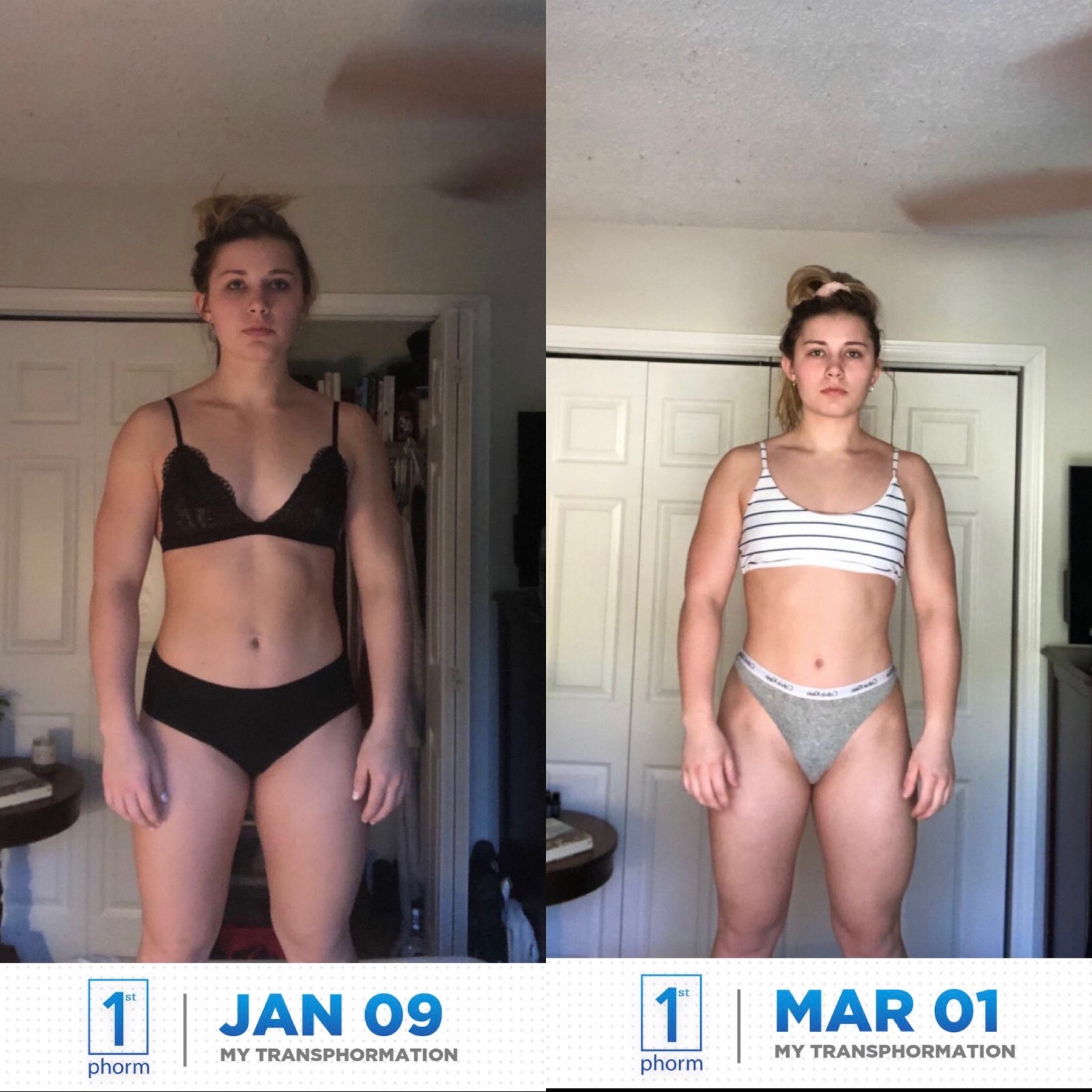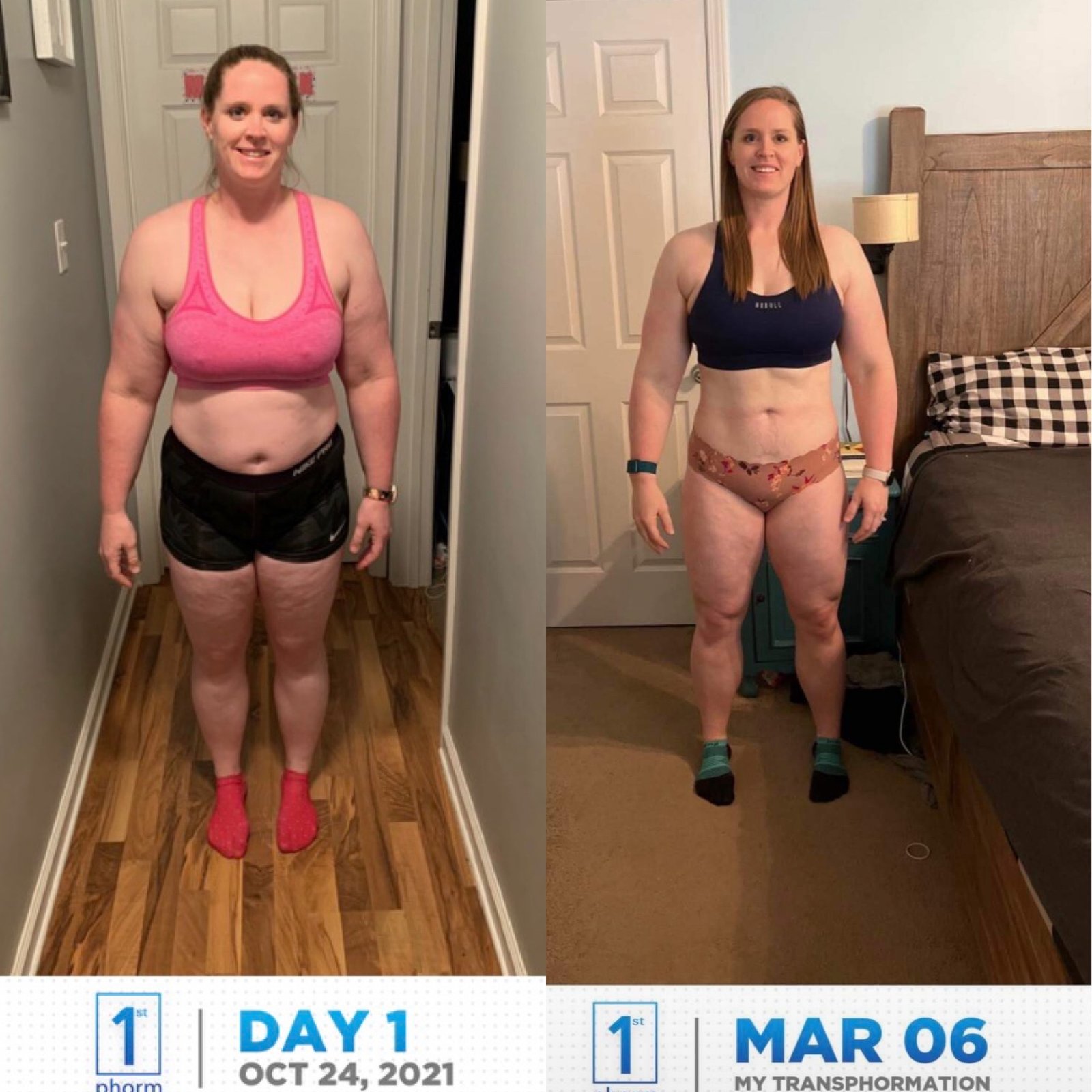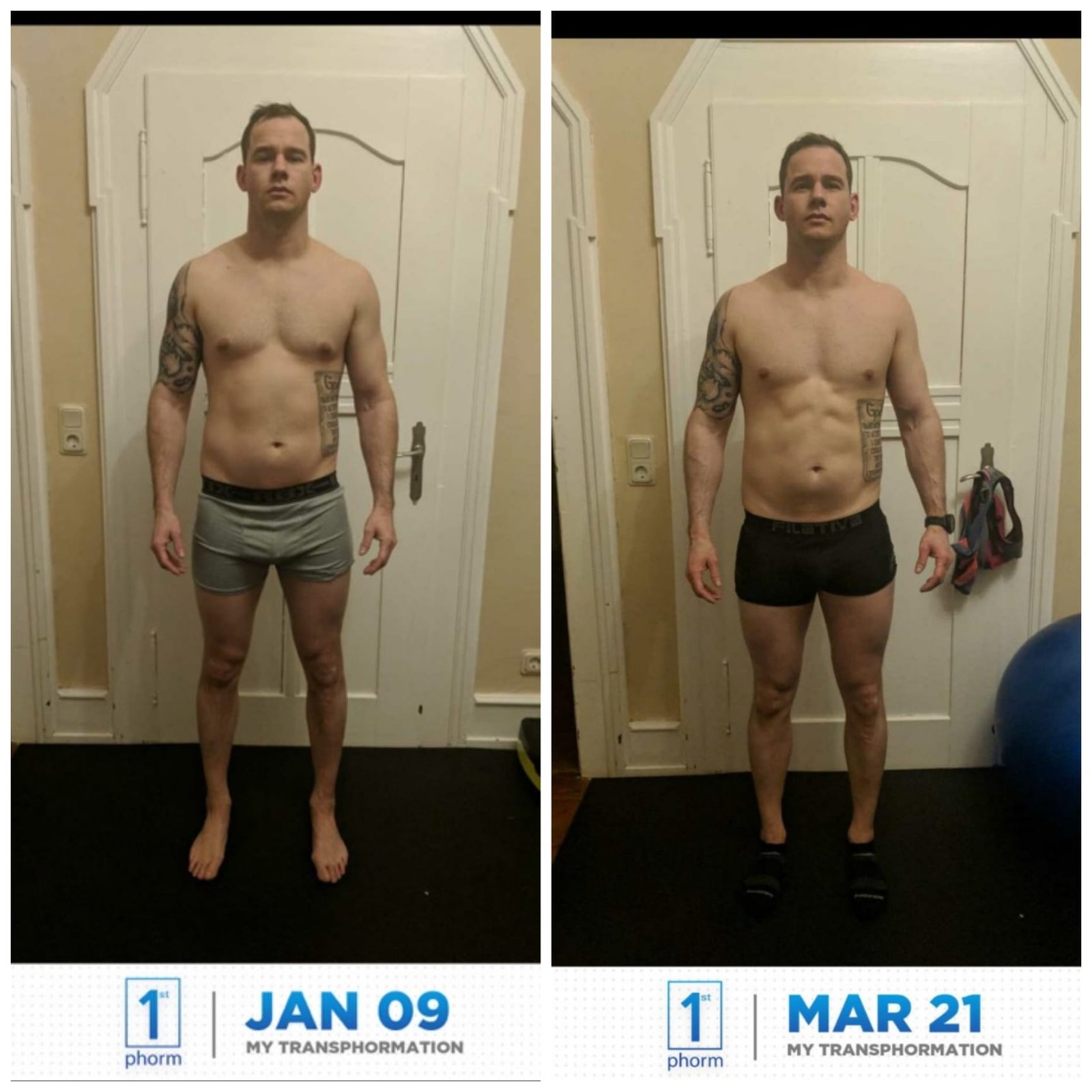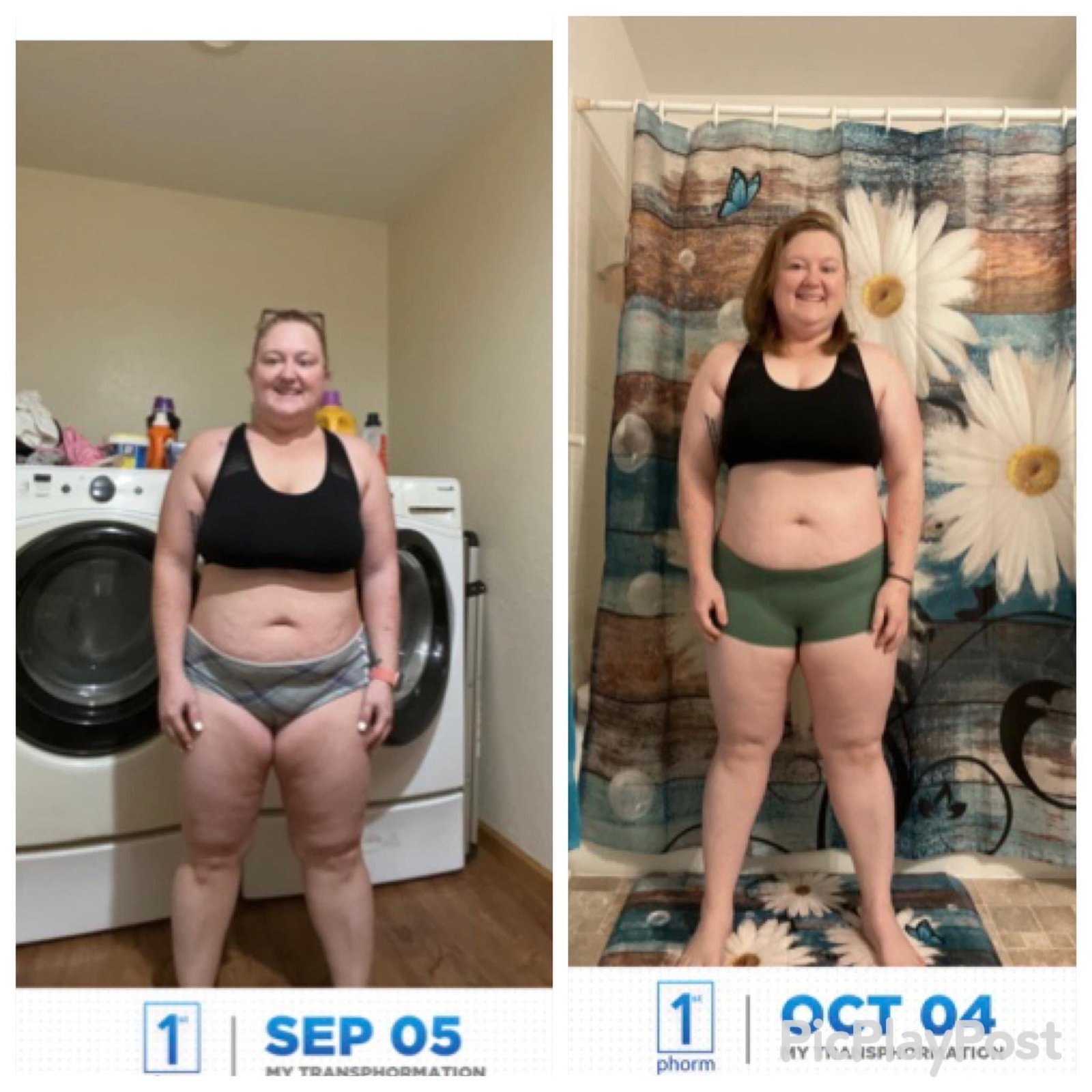Are you looking to take your fitness routine to the next level? If so, functional training may be just what you need. Functional training is a type of exercise that focuses on movements that mimic real-life activities, improving your overall fitness level and helping you meet your fitness goals.
Unlike traditional workouts that isolate specific muscle groups, functional training exercises often involve multiple muscle groups working together. This makes them more effective at improving your strength, mobility, and flexibility, while also reducing the risk of injury. Let’s dive deeper into the numerous benefits of incorporating functional training into your workout routine.
Key Takeaways:
- Functional training focuses on movements that mimic real-life activities
- Functional training exercises involve multiple muscle groups
- Functional training improves strength, mobility, flexibility, and helps reduce the risk of injury
- Functional training can be customized to meet your specific fitness goals and needs
- Incorporating functional training into your routine can enhance your overall fitness level
Improve Strength and Stability
Functional training involves exercises that target multiple muscle groups, improving your overall strength and stability. By incorporating movements that mimic real-life activities, functional training helps to make your body more efficient in handling everyday motions and activities.
Through functional training, you can improve your balance, coordination, and overall fitness level. The exercises also help to maintain and improve your bone health as you age.
Some examples of functional training exercises that can improve your strength and stability include:
| Exercise | Targeted Muscle Groups |
|---|---|
| Squats | Quadriceps, hamstrings, glutes, calves, lower back, core |
| Deadlifts | Hamstrings, glutes, lower back, core |
| Push-ups | Chest, shoulders, triceps, core |
| Kettlebell swings | Glutes, hamstrings, core, shoulders, back |
By regularly incorporating functional training exercises into your workout routine, you can develop greater strength, stability, and endurance, making it easier to perform everyday activities and reducing your risk of injury.
Keywords: strength training, stability
Enhance Mobility and Flexibility
Functional training is all about movements that mimic real-life activities, and these movements require a broad range of motion. As a result, functional training exercises can greatly enhance your mobility and flexibility, which are essential for daily activities and workouts alike. By performing exercises that require a wide range of motion and challenge your flexibility, you can enhance your joint mobility and increase your flexibility in a functional way.
Some excellent functional movements that can enhance mobility and flexibility include squats, lunges, push-ups, and planks. These movements can help you improve your flexibility in various areas, including your hips, quadriceps, hamstrings, and shoulders.
One of the benefits of functional movements is that they engage multiple muscle groups simultaneously, leading to a more comprehensive and effective workout. As a result, you can achieve a greater range of motion in a shorter period of time.
While traditional strength training can improve your strength and muscle tone, it doesn’t always offer the same benefits as functional training when it comes to flexibility and mobility. By incorporating functional training exercises into your workout routine, you can maximize your overall fitness and enjoy greater ease of movement in your daily life.
Try These Functional Movements to Enhance Mobility and Flexibility:
| Exercise | Description |
|---|---|
| Bodyweight Squats | A squatting movement that engages the quadriceps, hamstrings, and glutes, improving lower body mobility and flexibility. |
| Lunges | A forward or backward stepping movement that engages the quadriceps, hamstrings, and glutes, improving lower body mobility and flexibility. |
| Push-Ups | A movement that targets the chest, shoulders, and triceps, improving upper body mobility and flexibility. |
| Planks | A core-strengthening movement that engages the abs, back, and hips, improving overall mobility and flexibility. |
“Functional movements are essential for maintaining mobility and flexibility. By incorporating exercises that require a wide range of motion, you can improve your joint mobility and increase your flexibility in a functional way.”
Boost Overall Fitness Level With Functional Exercises
Functional exercises are an excellent way to achieve overall fitness goals. These movements are designed to improve your physical ability to perform daily tasks while also challenging your body to increase strength, endurance, and coordination.
By engaging multiple muscle groups and requiring balance, functional exercises are an efficient way to improve your cardiovascular fitness and increase muscular strength. These exercises are beneficial for individuals of various fitness levels and abilities, making them a versatile addition to any workout routine.
| Benefits of Functional Exercises for Overall Fitness Level |
|---|
| Improved muscular endurance |
| Increased cardiovascular fitness |
| Enhanced flexibility and mobility |
| Reduced risk of injury |
| Improved sports performance |
Functional exercises can be customized to meet specific fitness goals and individual needs. For example, incorporating resistance bands or weights can increase the challenge of exercises such as lunges or squats, leading to improved muscular endurance and strength.
By incorporating functional exercises into your workout routine, you can experience increased calorie burn and faster weight loss results. Additionally, these exercises are a great way to prevent injuries by strengthening the muscles and joints needed for daily movements.
Overall, functional exercises are an excellent addition to any workout routine looking to boost their overall fitness level. By incorporating these movements into your routine, you’ll experience increased strength, endurance, flexibility, coordination, and sports performance, all while reducing the risk of injury and improving your overall health and wellbeing.
Prevent Injuries with Functional Movements
One of the most significant benefits of incorporating functional training into your workout routine is injury prevention. By focusing on movements that mimic real-life activities, functional training can improve your body’s ability to perform these activities safely and efficiently. Here are some ways functional movements can help prevent injuries:
| Benefits of Functional Movements for Injury Prevention | Examples of Functional Exercises |
|---|---|
| Strengthening muscles and joints used in everyday movements | Squats, lunges, step-ups |
| Improving balance and coordination, reducing the risk of falls and other accidents | Single-leg squats, medicine ball throws |
| Enhancing core strength, improving posture and stability | Planks, woodchops |
By improving your strength, stability, balance, and coordination, functional training can help reduce the risk of injuries both during workouts and in daily life. It’s important to ensure proper form and technique when performing functional exercises to maximize their injury-prevention benefits.
Enhance Core Strength
Core strength is essential for good posture, stability, and overall body control. Functional training is an excellent way to enhance your core strength, as many exercises engage the core muscles, including the abdominals, back, and hips.
One effective exercise for improving core strength is the plank. The plank is a simple, yet challenging exercise that involves holding your body in a straight line, using your core muscles to maintain stability. To perform a plank:
- Start in a push-up position, with your hands directly under your shoulders and your toes on the ground.
- Engage your core muscles and hold your body in a straight line from head to heels.
- Hold the position for as long as you can, aiming for at least 30 seconds.
- Repeat for multiple sets, gradually increasing the duration as your core strength improves.
Another effective exercise for enhancing core strength is the woodchop. The woodchop involves twisting your torso while holding a weight, engaging your core muscles and improving your overall body control. To perform a woodchop:
- Stand with your feet shoulder-width apart, holding a weight in both hands with your arms extended.
- Twist your torso to one side, bringing the weight across your body.
- Slowly return to the starting position, engaging your core muscles throughout the movement.
- Repeat on the other side, alternating sides for multiple sets.
By incorporating exercises like planks and woodchops into your functional training routine, you can enhance your core strength, improve your posture and stability, and enjoy greater overall body control.
Improve Balance and Coordination
Functional training can have a significant impact on your balance and coordination, two important aspects of fitness that can often be overlooked. By incorporating exercises that challenge your balance and coordination, you can improve your ability to perform everyday activities safely and with more ease.
Functional movements require a high level of coordination between the muscles and joints throughout your body. By performing exercises that involve movements such as lunges, squats, and single-leg balance exercises, you not only strengthen your muscles but also improve your balance and coordination.
One study found that incorporating functional training into a regular exercise routine led to improvements in balance and stability in older adults (source). Another study found that functional training improved balance and coordination in soccer players, leading to a reduction in injuries and an increase in performance (source).
Functional training can also help reduce the risk of falls and other accidents. By improving your balance and coordination, you can navigate uneven surfaces, steps, and obstacles with more confidence and stability. This is especially important for older adults, as falls can have serious consequences.
When incorporating functional movements into your workout routine, it’s important to start with basic exercises and gradually increase the difficulty as you become more comfortable and confident. It’s also important to practice proper form and technique to avoid injury and maximize the benefits of the exercises.
Increase Calorie Burn with Functional Training
Functional training is an effective way to increase calorie burn during your workouts. By engaging multiple muscle groups simultaneously, functional exercises require more energy expenditure, resulting in increased calorie burn.
According to a study published in the Journal of Strength and Conditioning Research, a functional training program consisting of resistance and aerobic exercises led to a significant increase in calorie expenditure during and after the workout.

In addition to burning more calories, functional training can also help increase your metabolism, further aiding in weight loss and calorie burn.
Incorporating functional exercises into your workout routine doesn’t have to be complicated. Try adding exercises like squats with overhead presses, lunges with bicep curls, or burpees with push-ups to your regular routine to engage multiple muscle groups and increase your calorie burn.
Remember to also incorporate strength training and cardiovascular exercises into your routine to achieve maximum calorie burn and overall fitness benefits.
Enhance Sports Performance with Functional Exercises
Functional exercises are designed to mimic real-life movements and improve overall fitness levels. They can have a significant impact on sports performance by increasing strength, endurance, and agility. In this section, we’ll explore how functional exercises can be incorporated into your training routine to enhance sports performance and take a closer look at some specific exercises.
Benefits of Functional Exercises for Sports Performance
Functional exercises engage multiple muscle groups and mimic movements specific to your sport. As a result, they can help improve your performance on the field, court, or track. Here are some of the key benefits of functional exercises for sports performance:
| Benefits | Examples of Exercises |
|---|---|
| Improves overall strength | Deadlifts, squats, lunges |
| Increases endurance and stamina | Interval training, plyometrics, hill running |
| Enhances agility and coordination | Ladder drills, cone drills, single-leg hops |
| Reduces the risk of injury | Balance exercises, core strengthening exercises, stretching |
As you can see, functional exercises can have a significant impact on multiple aspects of sports performance. By incorporating them into your training program, you can improve your overall fitness level and take your performance to the next level.
Specific Functional Exercises for Sports Performance
Here are some specific functional exercises you can incorporate into your training program to enhance sports performance:
- Single-leg deadlifts: This exercise improves balance, stability, and mobility, all of which are important for sports like basketball, soccer, and football.
- Medicine ball slams: This explosive exercise improves power and coordination, making it ideal for sports that require quick bursts of energy, like tennis and baseball.
- Battle ropes: This exercise improves endurance, grip strength, and coordination, making it ideal for sports that require upper body strength, like boxing and wrestling.
- Box jumps: This plyometric exercise improves lower body strength, explosiveness, and coordination, making it ideal for sports that require jumping, like basketball and volleyball.
By incorporating these exercises into your training program, you can enhance your sports performance and take your game to the next level. Remember to start slowly and gradually increase the intensity and volume of your workouts over time. And as always, be sure to consult with a qualified fitness professional before starting any new exercise program.
Customize Your Workouts
Functional training offers a great deal of flexibility in designing workouts to suit individual fitness needs. Whether you are a beginner or an experienced athlete, incorporating functional exercises into your routine can enhance your fitness level by improving your strength, flexibility, and mobility.
To create a customized workout, start by identifying your fitness goals and the specific muscle groups you want to target. Choose exercises that mimic real-life movements and engage multiple muscle groups at once. For example, a squat is a functional exercise that engages the glutes, quads, hamstrings, and core muscles.
You can also adjust the difficulty level of each exercise to match your fitness level. For instance, you can increase the weight or resistance of a squat to make it more challenging or decrease the range of motion if you’re just starting.
Sample Customizable Workout Plan
Here’s a sample workout plan that you can customize to your fitness level and goals:
| Exercise | Repetitions | Sets |
|---|---|---|
| Squats | 12-15 | 3 |
| Pushups | 10-12 | 3 |
| Rows | 10-12 | 3 |
| Plank | 30-60 seconds | 3 |
| Step-ups | 10-12 each leg | 3 |
Make sure to warm up before exercising and cool down after to prevent injury. Take breaks whenever you need to and listen to your body’s signals. If you need help with choosing exercises or creating a workout plan, consult with a certified personal trainer.
“Functional training is about teaching all the muscles to work together rather than isolating them to work independently.”
Incorporate Functional Training into Your Routine
Incorporating functional training into your workout routine can be a great way to improve your overall fitness level and meet your fitness goals. Here are some practical tips on how to incorporate functional training into your existing workout routine:
- Schedule your workouts: Choose a time and day for your functional training workouts and stick to it. Consistency is key to seeing results.
- Select the right exercises: Choose exercises that target multiple muscle groups simultaneously, such as squats, lunges, and deadlifts. You can also incorporate equipment such as medicine balls, resistance bands, and kettlebells to add variety to your workout.
- Ensure proper form and technique: It’s important to focus on proper form and technique when performing functional training exercises to avoid injuries and maximize the benefits. Start with lighter weights and gradually increase as you become more comfortable with the exercises.
- Progress gradually: As your body adapts to functional training, gradually increase the intensity and difficulty of your workouts to continue seeing progress.

By incorporating functional training into your workout routine, you can improve your strength, stability, flexibility, balance, and coordination, while also reducing the risk of injury. It’s a great way to customize your workouts and meet your individual fitness needs and goals. So why not give it a try and see the benefits for yourself?
Conclusion
Functional training is a versatile and effective way to improve your overall fitness level and achieve your fitness goals. By incorporating functional exercises into your workout routine, you can enhance your strength, stability, mobility, flexibility, balance, coordination, and sports performance.
Regardless of your fitness level, functional training can be customized to meet your individual needs and preferences. With so many benefits to offer, functional training is a great way to challenge yourself and enjoy a healthier, more active lifestyle.
FAQ
What is functional training?
Functional training focuses on movements that mimic real-life activities, improving overall fitness and helping meet fitness goals.
How does functional training improve strength and stability?
By involving multiple muscle groups, functional training exercises improve overall strength and stability, making the body more efficient in everyday movements.
Can functional training enhance mobility and flexibility?
Yes, functional training emphasizes movements that require a wide range of motion, improving mobility and flexibility through exercises that mimic real-life activities.
How does functional training boost overall fitness level?
Functional exercises engage multiple muscle groups, requiring coordination, stamina, and endurance, resulting in improved cardiovascular fitness and increased muscular strength.
Does functional training help prevent injuries?
Yes, by strengthening muscles and joints used in daily movements, functional training reduces the risk of injuries during workouts and in daily life.
Can functional training enhance core strength?
Yes, many functional training exercises engage core muscles, improving core strength, posture, stability, and overall body control.
How does functional training improve balance and coordination?
Functional training exercises challenge balance and coordination, leading to overall improvement in these areas both inside and outside the gym.
Does functional training increase calorie burn?
Yes, functional training exercises that engage multiple muscle groups contribute to increased calorie burn, aiding in weight loss and continued calorie burn post-workout.
Can functional training enhance sports performance?
Absolutely, functional training improves overall strength, endurance, and agility, translating to enhanced sports performance, reduced injury risks, and competitive advantages.
Are functional training workouts customizable?
Yes, functional training offers a variety of exercises and movements that can be tailored to meet specific fitness goals and preferences.
How can functional training be incorporated into an existing workout routine?
Practical tips and advice will be provided on scheduling, exercise selection, and maintaining proper form and technique to maximize the benefits of functional training.

